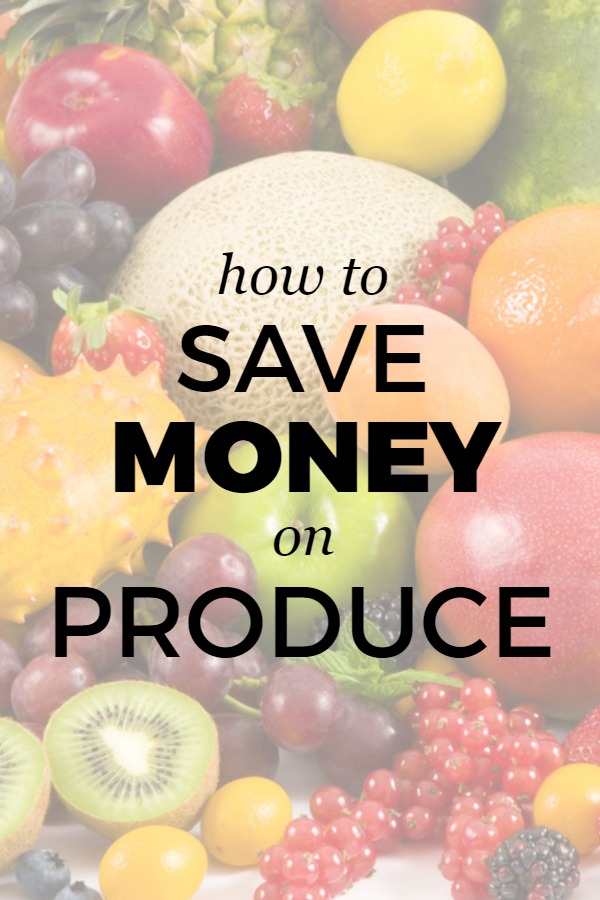
For the past few years, we have been following a diet heavy on whole foods, fruits and vegetables. While we love the way we are eating and how it makes us feel, it has been a bit of a shock to our grocery budget and we are slowly figuring out the best ways to save each week.
I spoke recently at a local MOPS group and shared some of our favorite tips for saving money while eating as healthy as possible, and thought it would be useful to share the list with all of you.
Dirty Dozen and Clean 15
We try to buy organic produce as much as possible, but it’s just not possible on our budget to go 100% organic. The items in the Environmental Working Group’s Dirty Dozen list are ranked highest in pesticide content, so we try to buy these organic. Those in the Clean 15 list have the lowest pesticide content, so we feel comfortable buying these conventional (read: cheaper).
Buy local and seasonal over organic
When seasonally available, we try to buy local as much as possible, even over organic. The earlier a piece of produce is picked, the less nutrients it will have once it arrives on your plate. For example, an organic strawberry from California won’t be as fresh and will have less nutrients than a strawberry grown locally. If you are concerned about pesticide use, try shopping at your local farmers markets and talking to the growers. We buy from a local farm that isn’t certified organic, but uses organic practices.
Know your stock-up prices
Comparing produce prices at the store can be overwhelming and we often tend to go with the familiar, regardless of the price. If you have a base idea of what a good price is on 10-15 produce items, you can stock up when they are on sale. For example, if I found red bell peppers for $.50 or less, we would be eating a LOT of those for the week. If we wanted cauliflower, but it was priced at $2.99/lb, we would skip it.
Most grocery stores will feature a few “loss leaders” each week in their ad, with 2-3 fruits and vegetables priced super low. These are called loss leaders as they expect to take a loss on them to get you into the store to buy more expensive items or items not on sale.
Shop local farmer’s markets
We LOVE perusing the markets in the spring and summer, it can be such a fun outing for our family. Not only do we get to meet local vendors and farmers, but my kids get exposed to all kinds of new produce. Be sure to know your stock-up prices before visiting the market, as not everything is budget-friendly, but you are trading off for super fresh.
If you shop close to the end of the day, some vendors are more than willing to discount what they have left so they don’t have to take it home. Check out Local Harvest for markets and events in your area or just Google your location + farmer’s market.
RELATED: How to make the most of your farmer’s market
Community Supported Agriculture (CSA) programs
Research local CSA programs in your area. You buy weekly “shares” of produce and either pick up each week or with some programs, it can be delivered to your home. Flexibility varies, some allow you to choose what you want each week and with others, you are just given what is available. Check out localharvest.org for options in your area or ask around on Facebook or local community groups.
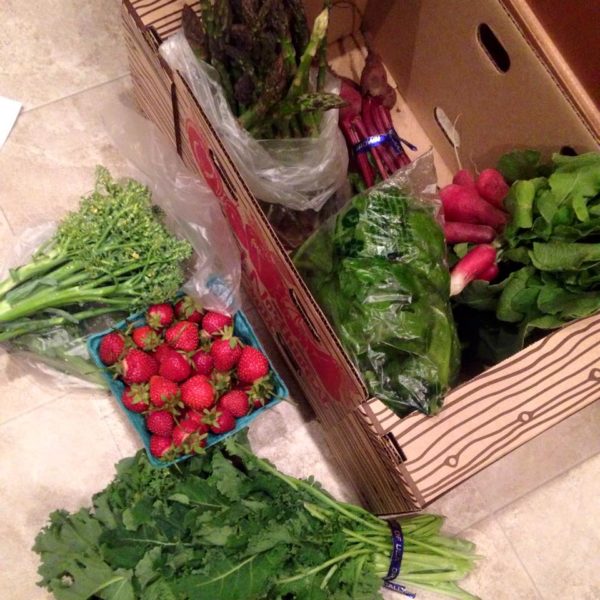
“Box-a-Week” programs
You can also look for weekly programs that don’t require much of a contract, if any. There are several that allow you to purchase a box of produce and pay by the week, again some with more flexibility than others. We belong to a Box-A-Week program in Tri-Cities, Washington called Local Pumpkin that delivers local produce to our door from early spring to late fall. During the winter, they source produce from surrounding states so we are still getting what is “in season”, just not necessarily local.
Bountiful Baskets is another wonderful program or you can check localharvest.org for options in your area.
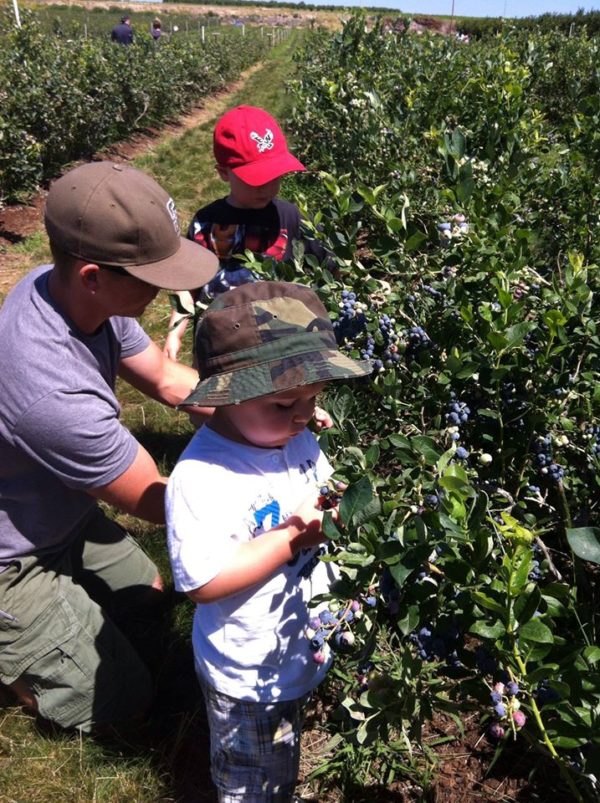
U-Pick Berries and Fruits
This is one of our favorite options! Do a little research or ask your Facebook friends for u-pick farms in your area. You generally take your own containers and obviously, pick your own fruit. The prices are normally quite a bit lower than you would find at the grocery store and much, much fresher. You can also buy in large quantities for freezing or canning at most farms.
We LOVE to take our kids to help us pick. Check out our 9 tips for U-Pick Success for more ideas.
Grow your own!
We are nowhere near experts in this area, but we have stumbled through the last few years and done pretty well. If you don’t have a large area to grow in or want to start small, I suggest looking into growing produce that your family eats all the time.
We also like to grow things that tend to be more on the expensive side at the grocery store, like bell peppers, tomatoes and beets. Herbs are also easy to grow, even on your windowsill, and they tend to add a big punch of flavor for minimal work.
For easy gardening inspiration:
- Spring garden planting lists
- Planting tips for vegetable seeds and starts
- How to build a raised garden bed
Be flexible
Before we really started focusing on a whole foods diet, I got into the biggest produce rut. I would buy stuff for salad, bananas for fruit and maybe some apples if I was feeling adventurous. Now that we mainly eat fresh produce AND have been trying to really watch our budget, I shop the produce “sales”.
Most stores will offer a few great produce deals to get you in and shopping, so this is what we buy. They are generally seasonal, so we tend to get fresher produce as well. One week it might be apples, navel oranges and asparagus. The next week it might be cauliflower, cucumbers and seedless grapes. Google or Pinterest something if you aren’t sure how to cook it, step outside the box!
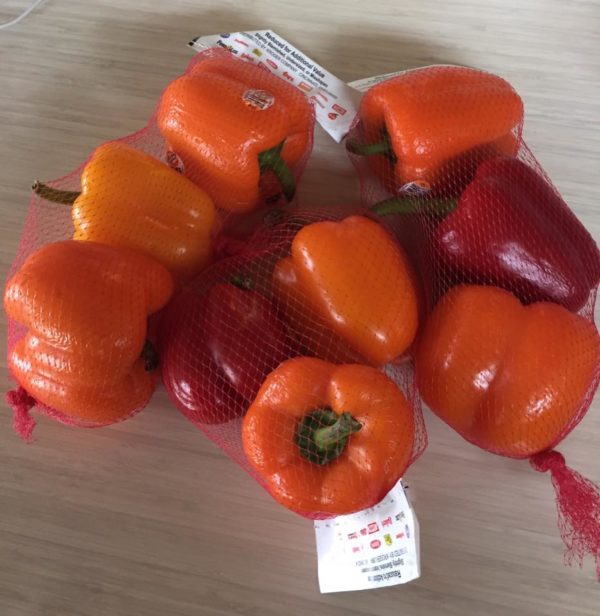
Check for produce markdowns
Most of the stores in our area have a small section for produce “markdowns”. For example, our local Fred Meyer has a shelf dedicated to over-ripe or “misshapen” produce. When I say misshapen, I pretty much mean they have one small bruise or are a bit smaller than the other friends in the display. We have picked up some wonderfully fresh produce at a fraction of the cost. My favorite find is super ripe bananas that we use to throw in smoothies!
If you can’t find anything at your store, ask the produce department manager or any employee you can find.
Use your freezer
There are tons of produce items that can be processed and frozen (or even canned, but that’s a whole different animal). I peel and freeze bananas and chop and freeze pineapple core for smoothies, flash freeze diced bell peppers and jalapenos or other peppers. We also freeze huge bags of blueberries in the summer that my kids munch on all year long.
RELATED:
- How to pick, cut and freeze fresh corn
- How to make and freeze applesauce
- 10 foods to freeze to save time and money
Please share your favorite tips and tricks for saving money on produce! We are creeping up on the time of year where it will be abundant again, so we will take all the help we can get.
Looking for more? Check out these posts for additional inspiration:
- The Truth About CSA’s
- How to Flash Freeze Berries
- Canning and Preserving Resources
- 35 Ways to use Summer Produce
- U-Pick Produce: 9 tips for picking success
- Back to Basics Gardening
- Inspiration for a Beginning Gardener
Looking for more?
Follow Frugal Living NW on Pinterest!
Fantastic range of boards from best recipes and tips for frugal living to gardening and budgeting help.
This post may contain affiliate links. See the disclosure policy for more information.
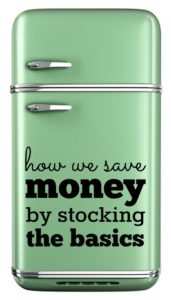

Leave a Reply